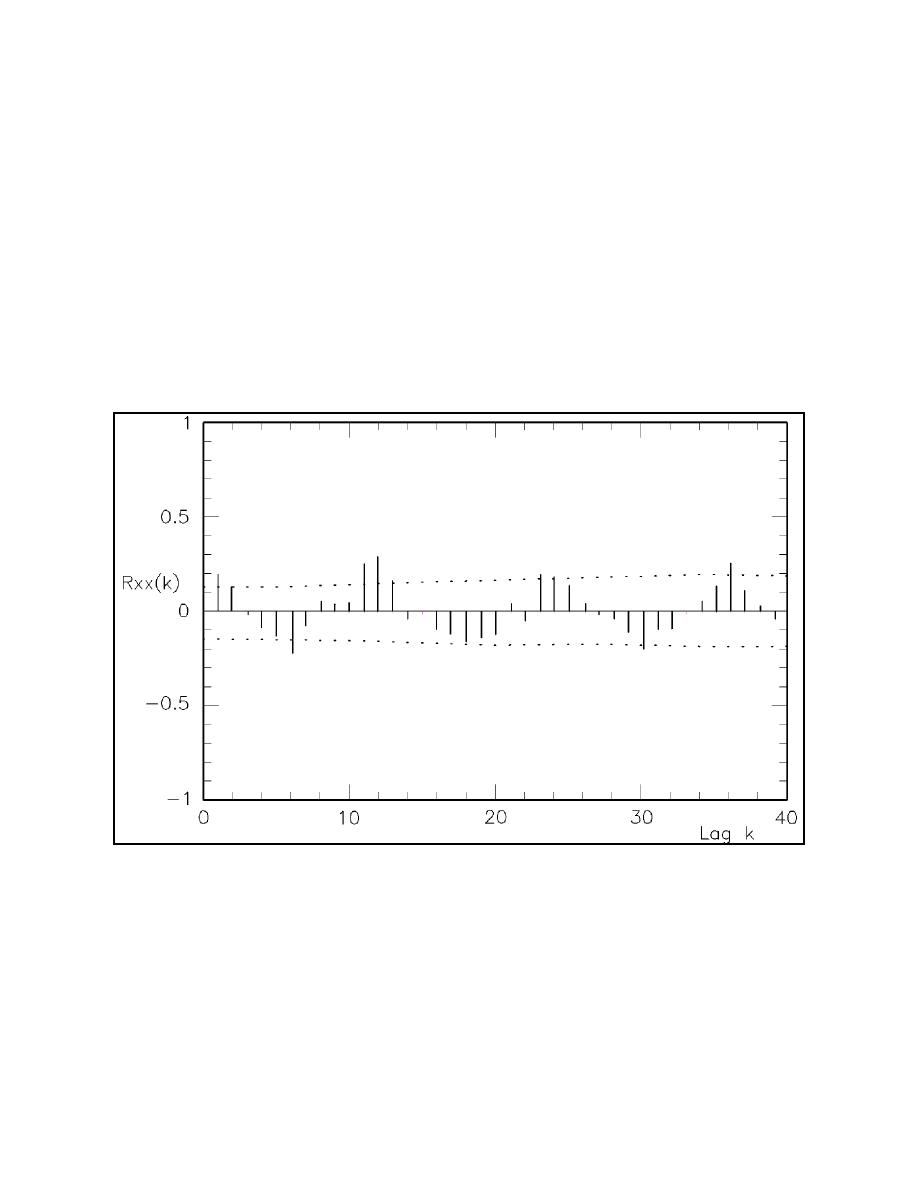
EM 1110-2-1100 (Part III)
30 Apr 02
(d) Weggel and Perlin (1988) demonstrated that unidirectional annual transport variability may be
described by a log-normal distribution. Thieke and Harris (1993) described similar results and noted that
shorter-term (daily) dominant transports were better described by a Weibull distribution. These results apply
only to statistics of transport in a single (positive or negative) direction and bidirectional distributions of
transport are necessary to assess the true nature of the transport statistics for proper simulation (Walton 1989).
(e) When assessing various design alternatives, the proper distribution of the sediment transport rate must
often be modeled as well as the natural persistence inherent in the data. Persistence is the measure of
correlation for data closely spaced in time, i.e., large persistence means high sediment transport rates follow
high sediment transport rates and low sediment transport rates follow low sediment transport rates in adjacent
timeaveraging intervals. Persistence is typically measured via the autocorrelation coefficient (see, for
example, Box and Jenkins (1976)). Autocorrelations for monthly and weekly longshore energy flux factors
at the same South Carolina site are shown in Figures III-2-12 and III-2-13 (Walton and Douglass (1985)).
Data exceeding the dotted lines suggest that persistence is evident in the data. Nonstationary and non-normal
types of data may be simulated via an approach provided in Walton and Borgman (1991).
Figure III-2-12.
Autocorrelation of monthly Pls series (Walton and Douglass 1985)
(f) The significance of "episodic" transport to annual conditions is not well understood. It is thought
that storm-related or other episodic events may cause the bulk of longshore sediment transport observed at
some locations in the long term. Douglass (1985) suggested that 70 percent of the gross transport occurred
during only 10 percent of the time at many sites via analysis of wave hindcast data.
(2) Wave data accuracy. The accuracy of wave data used to calculate potential transport rates also leads
to uncertainty in predictions. Wave measurements and observations have associated uncertainties based on
Longshore Sediment Transport
III-2-31


 Previous Page
Previous Page
